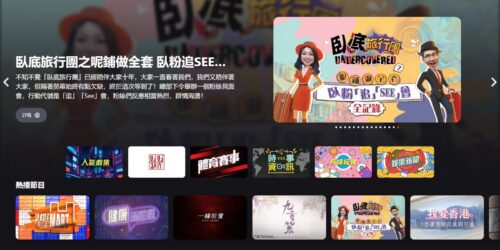If you serve video content to viewers, no doubt you want to monetize that content with ads. And if you’re showing viewers ads, you want to know how successful those ads are so you can maximize profit. There are three options: client-side, server-side, and the more modern hybrid option, which combines a server-side ad insertion solution with the benefits of a client-side ad tracking solution when possible.
Client-side Ad Tracking
Frequently, people believe they can only do client-side ad tracking with client-side ad insertion (CSAI). This combination allows you to collect metrics about a viewer from their watching device. You can view things like cookies, tagging, IP address, and details like the viewer’s operating system and running applications. However, it’s not the case that Client Side Ad Tracking (CSAT) and CSAI is the only available combination (as we will find out a bit later on).
Client-side ad tracking can yield rich metrics about viewers when it’s working. The downside of client-side ad tracking is that it can be thwarted with ad blockers if not done right. Additionally, because client-side ad tracking is often combined with CSAI, the viewing experience for the audience may be less seamless as each ad must be stitched in client-side.
While getting client-side ad tracking can be difficult, it’s more accurate when not blocked. Indeed, from the client side, you can guarantee that the player has displayed the ads, not stuck in the buffer. You might consider this option when:
- You use A/B Testing or personalization to interact with viewers in-browser.
- You record browser activity using heat mapping or additional session recording tools.
Server-side Ad Tracking
Server-side ad insertion (SSAI) is a powerful alternative to client-side ad insertion. By default, it enables Server-side Ad Tracking, where you can ensure viewers receive the ads you put in the feeds.
One of the benefits of server-side ad insertion includes reliability; consequently, server-side ad tracking permits you always to know when your ads are delivered to the devices, and you can rely on the metrics collected per viewing. Nevertheless, it is a bit less accurate than CSAT as the ad video fragments can get stuck in the player buffer.
Another benefit from SSAI is a seamless experience for viewers – rather than making viewer clients do all the work to include ad content, that’s handled in the cloud, resulting in faster load times client-side and less power expenditure (which can be beneficial if the viewer is on a mobile device).
It’s best to use server-side ad insertion with server-side ad tracking when:
- Metrics data comes from something other than your own applications or platform.
- You know viewers are using ad blockers.
- You want the fastest load times for your content client-side.
- Your time-to-market is pretty short, and you do not have time to work on a client-side solution for tracking.
To summarize, in CSAT, a user click triggers the impression, and tracking is aligned with the player’s actual position, allowing for more accurate insights, such as detecting when a viewer skips an ad even if the media segments were downloaded. In contrast, SSAT triggers the impression when ad segments are requested by the player, which does not guarantee that the segments were viewed, as it lacks direct correlation with user behavior like seeking or skipping. SSAT typically has shorter deployment planning as it does not need client integration.
Hybrid Ad Tracking – SSAI and CSAT
If you want to collect all the benefits you can, consider an alternative solution where you use server-side ad insertion and include client-side ad tracking where possible. The benefits include being able to:
- Collect more accurate data about ads impressions.
- Maximize ad performance.
- Create a seamless viewing experience.
- Deliver a more targeted ad experience.
Talk to us for more details about simplifying and implementing this setup.
We do support both methodologies, as you can see in our Knowledge Center:











